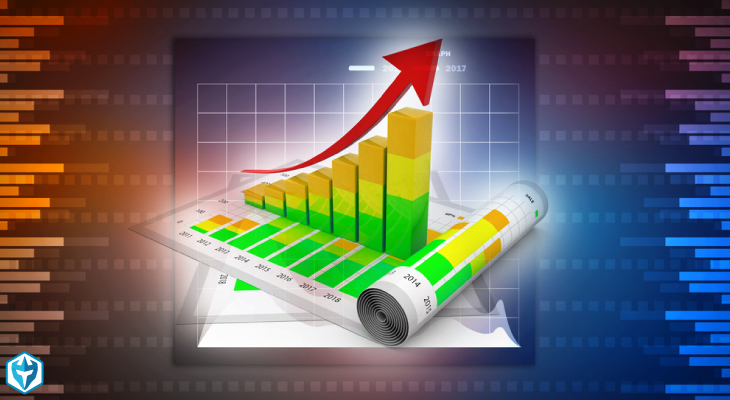Straight Line Depreciation Method
This method is used to depreciate an Asset when the embedded and related economic benefit from the controlled or alternatively owned asset is reasonably expected of equal magnitude in every year of the related useful life that is reasonably estimated by the management of the organization. Consequentially, depreciation would be charged on an equal basis in all the years for which asset is under use. This method is mostly used when the pattern of how the economic benefit from the asset cannot be known.
Cost of Asset
The Cost of the specific asset usually includes all the outright costs which are required to bring the very same asset to its intended location for the purpose of use. This will include costs like purchase price, transportation, installation etc.
Residual Value
Residual Value is a central concept. It is usually the amount that is reasonably expected to be received or alternatively realized in relation to the transaction of selling the asset after the asset is no longer used in connection with the business and is usually disposed of. This is the amount which is net depreciated as it is expected that this amount which will be received by its sale, not by the use of the asset.
Useful Life of Asset
It is the reasonable expectation in relation to the number of years for which or during which the subject asset will be used by business and is expected to generate positive economic benefits for the business.
Example
A business purchases an asset that is of non-current nature bearing the estimated useful life of almost 5 years on the date that is 1st July 2011. The outright cost in relation to the Asset is $10,000 followed by the scrap value that is residual value reasonably expected and estimated to be around $500).
Requirement and Solution
The computation of the annual depreciation charge pertaining to both of the years that is 2014 & 2015 and remaining value of the Asset. Depreciation expense for every year will be = Cost of Asset- Residual Value/ No of Years of Useful Life =$10,000-$500/5 =1900$ per year. Accumulated Depreciation up to year 2014= No of Years * Depreciation for the year =3*$1900 =5700. Remaining Value of Asset as at 30th July 2014=10,000-5700 =4300. Accumulated Depreciation up to year 2015= No of Years * Depreciation for the year =4*$1900 =7600. Remaining Value of Asset =10,000-7600 =2400.
Change in the Useful life of Asset or Change in the Residual Value of Asset:
If the initial estimate regarding the useful life of the asset or its residual value change it is necessary to revise the accounting estimate to reflect more accurately the economic benefits of the assets and how they are consumed. If such a change happens it is necessary to take the changes into consideration from the current year and into coming years. In the case of a change in useful life of Asset aforementioned formula should be adapted a little to reflect the change as shown in the following formula which needs to be employed in relation to the computation of the straight line depreciation charge pertaining to the current as well as subsequent years.
Example of Revision of Useful Life
An asset having non-current nature is effectively purchased on the date that is 1 January 2005. The purchased asset have the historical cost equal to $500,000. Residual Value that is estimated and assessed at the point of time of acquisition is $100,000. There is no Revision in relation to the estimate pertaining to the residual value on 1st of January 2009. Useful Life of the purchased asset estimated and assessed at the point of time of purchase is 10 years. There is a revision in relation to the estimate of the Useful Life and is estimated to be 15 years on the date that is 1st January 2009. You need to calculate annual depreciation charge in relation to both the years that is years 2008 and 2009.
Solution
Depreciation expense for year 2008: 500,000-100,000/10 =40,000
Depreciation Expense for the Year 2009 = 500,000-0-0/15 =33,333.


EmoticonEmoticon